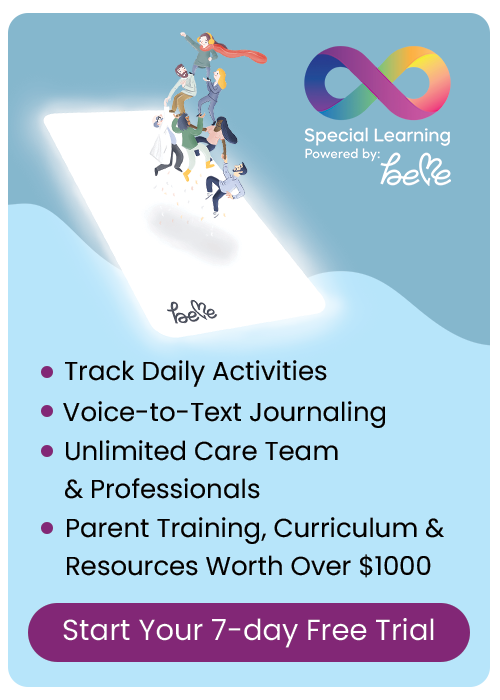Blog Categories
- ADHD
- Applied Behavior Analysis
- Autism Awareness
- Autism Service Providers
- Case Studies
- Dignosis
- Classroom Management
- Credentials
- Ethics
- Family Matters
- FAQs About LIVE Events
- Financial Planning
- Holiday Planning
- IEP's
- Panelists
- Private Equity in Autism & ABA Industry
- Psychopharmacology
- Sensory Processing Disorder
- Speech and Communication
- Subject Matter Experts
- Summer Planning
- Transition Planning
3 Easy Steps for Making a Visual Schedule
now and has been employed with Step By Step Academy, Inc. since 2002. She received her Bachelors of Science degree in Psychology from The Ohio State University. She has served as an in-home behavioral consultant for consumers privately for five years and is continuing her education by preparing for the Board Certified Assistant Behavior Analyst certification under the direct supervision of a Board Certified Behavior Analyst. Monisha has supervised and overseen intensive behavioral intervention in classrooms as part of a partnership and collaboration with several school districts in the state. Currently, Monisha is the Clinical Project Manager at Step By Step Academy.
3 Easy Steps for Making a Visual Schedule
Does your child diagnosed with autism have difficulty getting dressed in the morning, or maybe have difficulty following all of the steps for brushing his teeth? What about gathering all of the items to set his place at the table? If so, here is how you can foster independence in him by creating visual schedules around the house.
Some examples of skills you may want to make visual schedules for:
• getting dressed
• washing/drying hands
• setting table
• applying deodorant
Step 1: Where do I start?
First, you need to determine what skill your child needs help with completing? For example, maybe it is getting dressed in the morning. Once you have determined the skill then, you will want to make icons (there is a software program called BoardMaker®) or you could take actual pictures of the steps in order to begin constructing the visual schedule. So, if it is getting dressed that your child is having difficulty with, then make icons (or take pictures) of his shirt, pants, underwear, socks, and shoes (or whatever other articles of clothing are seasonally appropriate). You will want to make the icons/pictures small in size so that you can arrange them well. The most common size for the icons/pictures is 2 inches x 2 inches.
Step 2: How do I assemble the visual schedule?
After you have the icons/pictures of the articles of clothing, then you will want to arrange them in the order that you want your child to complete the sequence. Maybe you want him to put on his underwear first, then shirt, pants, socks, and finally shoes – arrange the icons accordingly. You can place the icons/pictures on a long, rectangular piece of construction paper so that your child can easily follow along.
Step 3: How do I teach the visual schedule?
Now, that you have the visual schedule created, hang it up in an area where your child will easily be able to follow it, like on the wall in his room. The next time you want to have your child get dressed, take him to the visual schedule, point to each icon, and then prompt (gestures or physical guidance) him to put on the corresponding article of clothing. Make sure to reward your child throughout the process and continue to practice the skill in order to increase repetition. Over time, you should be able to fade out the visual schedule and just give your child the instruction to get dressed.
RECOMMENDED PRODUCTS
Historia Social “Pedir un descanso” Plan de Estudios
ADHD Literature Review Webinar: Treatment of Attention-Deficit/Hyperactivity Disorder: Overview of the Evidence (RECORDED)
Strategies to Increase Beginner Classroom Participation Skills: Decreasing Problem Behavior with an FBA Part 1: How to Begin






